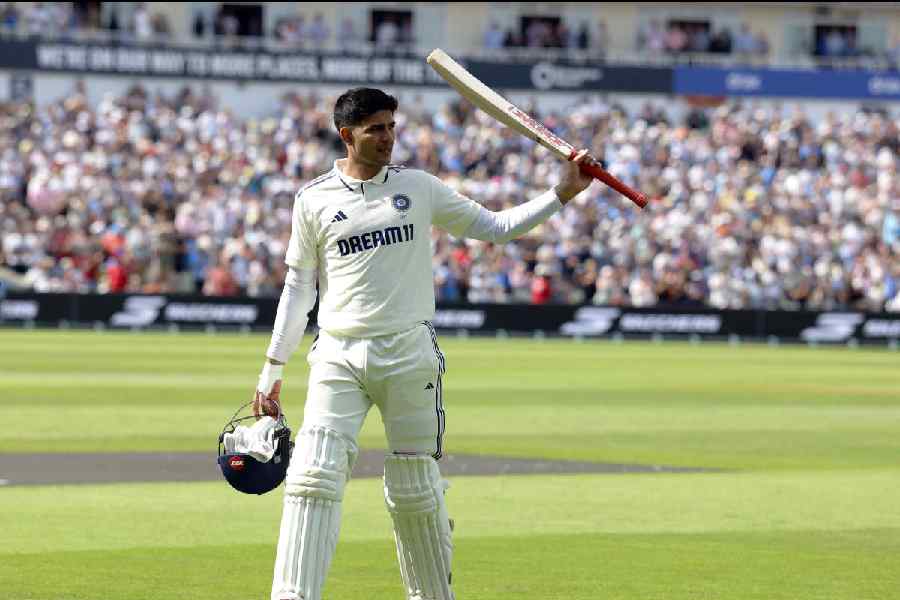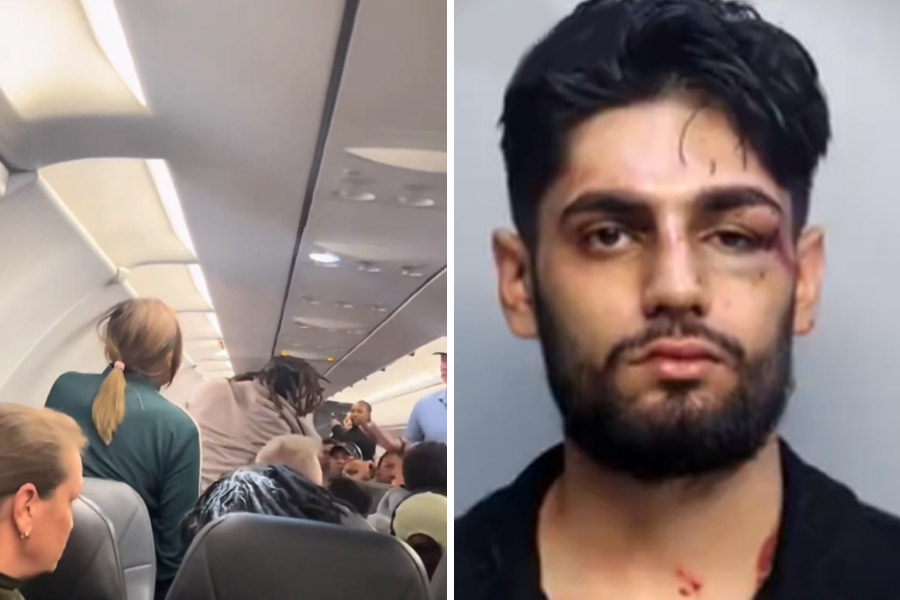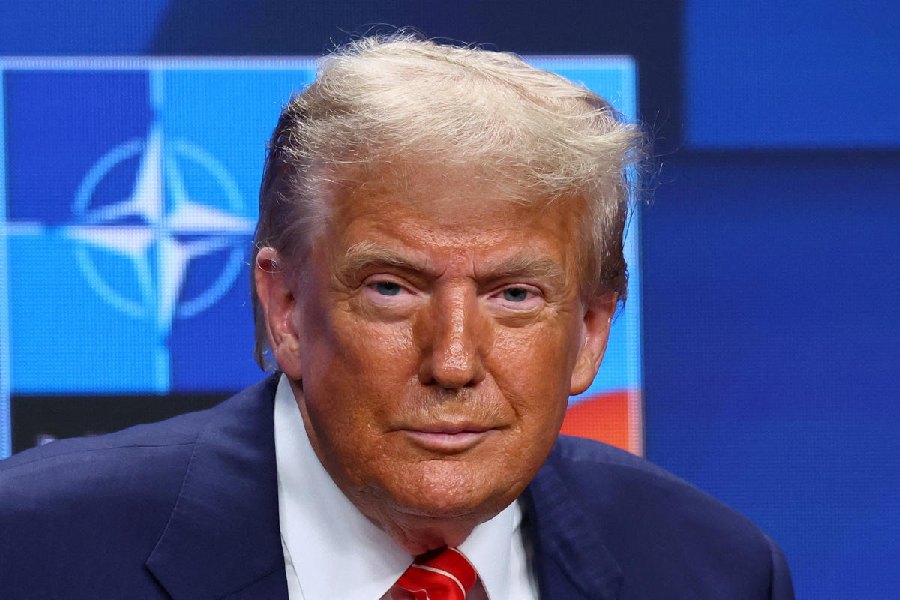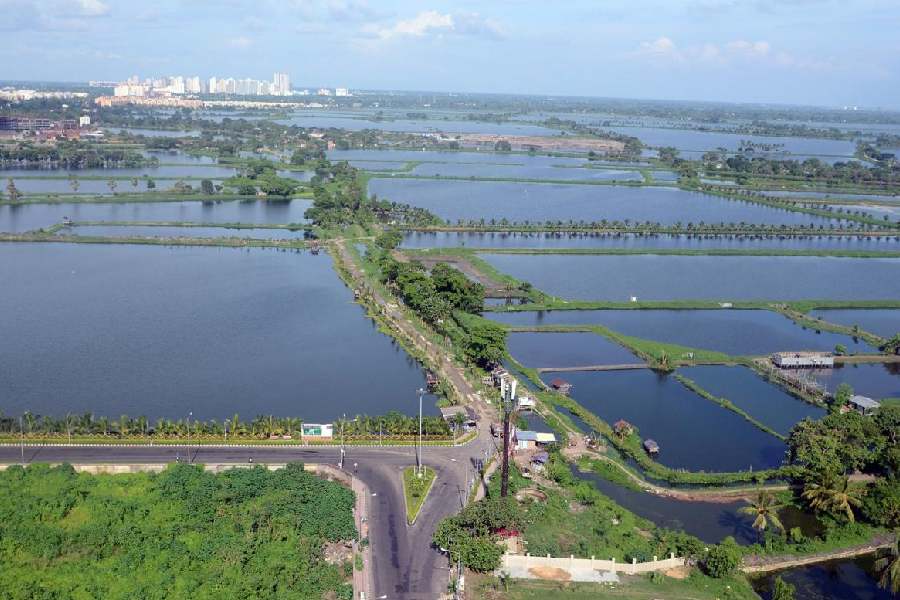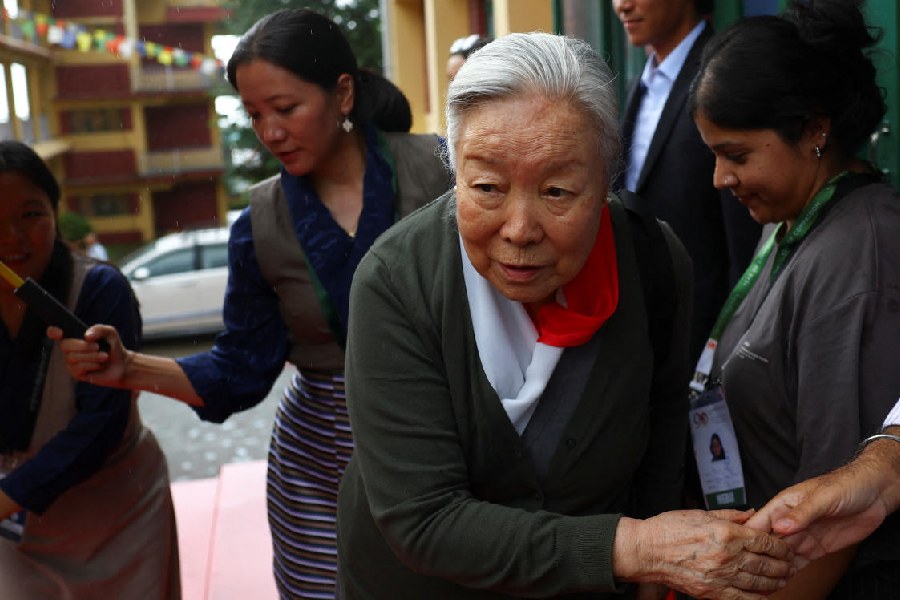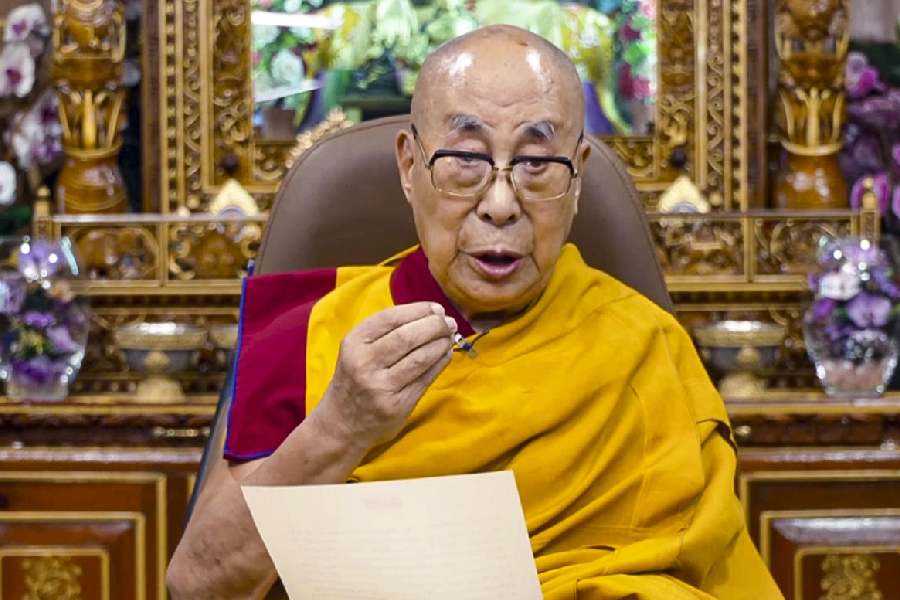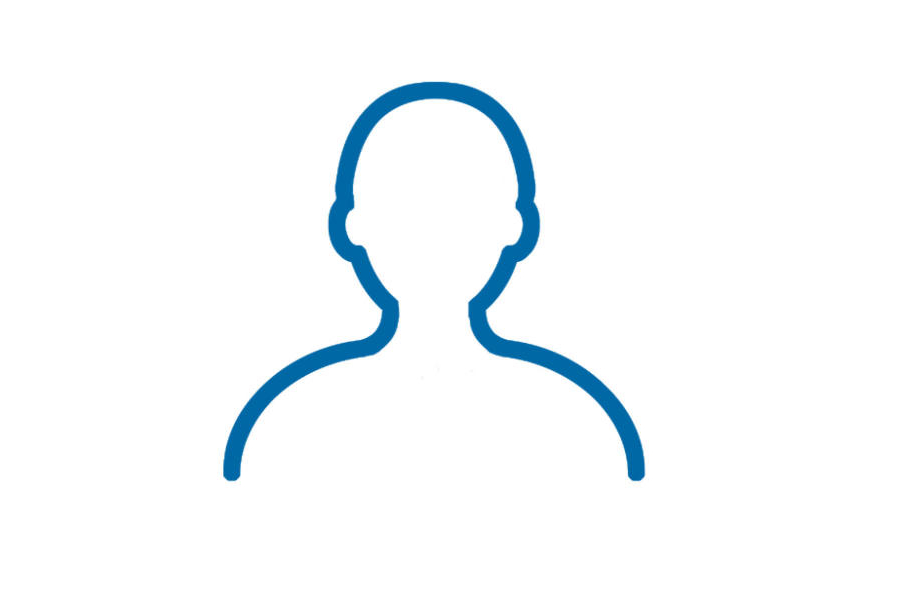 |
The first time salesmen from Airtel’s distributors came to my Ballygunge home to install 4G they brought along a Wi-Fi router and a USB dongle. The Wi-Fi device was switched on and after four long minutes it came on, showing just one bar, which meant the signal from the tower was very poor. The dongle did not work on my iMac because it was an old model.
The dejected salesman left, murmuring that the tower needs to be optimised for 4G LTE (Long Term Evolution). After several days another group turned up. This time the Wi-Fi router caught the signal from the tower at full strength after a long wait. They took me to a site called www.speedtest.net and chose a Calcutta server, run by Airtel, to test the connection speed. It showed a whopping download speed of 12 Mbps. But when we tried to play a video clip, it kept on buffering. We went to the Apple site to see if high definition videos stream without buffering. It did not play the video.
Next we tried the USB dongle. It was so thick that when I plugged it into the USB port on the keyboard, I could barely type because the keyboard was tilting. I freed a USB port and put the dongle in there. I loaded the software required to connect to Airtel’s 4G network. It connected, but not to Airtel’s 4G LTE. This baffled the salesman. From the Tools menu I manually chose Airtel’s 4G LTE from among several options. The video from You Tube kept buffering.
I decided to try out Airtel’s 3G speed. This option was available from the dialler software that I had installed. I did download speed tests from several sites. It averaged about 2 Mbps, which is my current BSNL landline connection speed. A HD video clip played without buffering.
I finally had a word with Airtel’s technical person who was candid enough to admit that my tower was not “optimised” for 4G LTE. But those who live close to the tower will get download speeds of at least 4 to 5 Mbps. . An Airtel spokesperson, however, declined to comment at the time of going to press.
Is Airtel’s 4G LTE with all its hiccups worth taking? The Wi-Fi device costs around Rs 7,400 — much more than Apple’s Airport Express, considered one of the best Wi-Fi devices. The dongle is priced even higher at Rs 7,800. If you have money to burn you could take it. But before you do, check the download speed from websites such as www.megapath. com/ speedtestplus, www.internet frog.com/mypc/speedtest or reviews. cnet.com/internet-speed-test.
Airtel has chosen the right technology in 4G LTE but it is not on the 700 Mhz or 2100 Mhz spectrum that the US adopted. It has gone the China way by choosing 4G LTE TDD (Time Division Duplex) on 2300 MHz spectrum compared to US and European countries choice of 4G LTE FDD (Frequency Division Duplex). TDD is offered primarily in the above 2000 MHz spectrum range whereas FDD is offered in the sub-2100 MHz spectrum. 700 MHz FDD is more efficient where switching between voice and data is concerned. This is necessary as 4G LTE is only for Internet connections. For phone calls and SMS you have to switch to the spectrum for them.
Absence of harmonisation of spectrum and technologies leads to ecosystem issues as devices are not exactly compatible across technologies. Which means that I may have a phone with 4G but if I go to a region where the operator is using a different 4G technology, my phone becomes useless as far as connecting to the Internet is concerned.
Why did Airtel not wait, as some other operators are doing, for the 700 MHz spectrum to be freed by the Defence? Because they wanted to be the first mover for 4G. So they took whatever was available and made a faulty implementation of it.
Send in your computer-related problems to askdoss@abpmail.com with Bits&Bytes in the subject line


